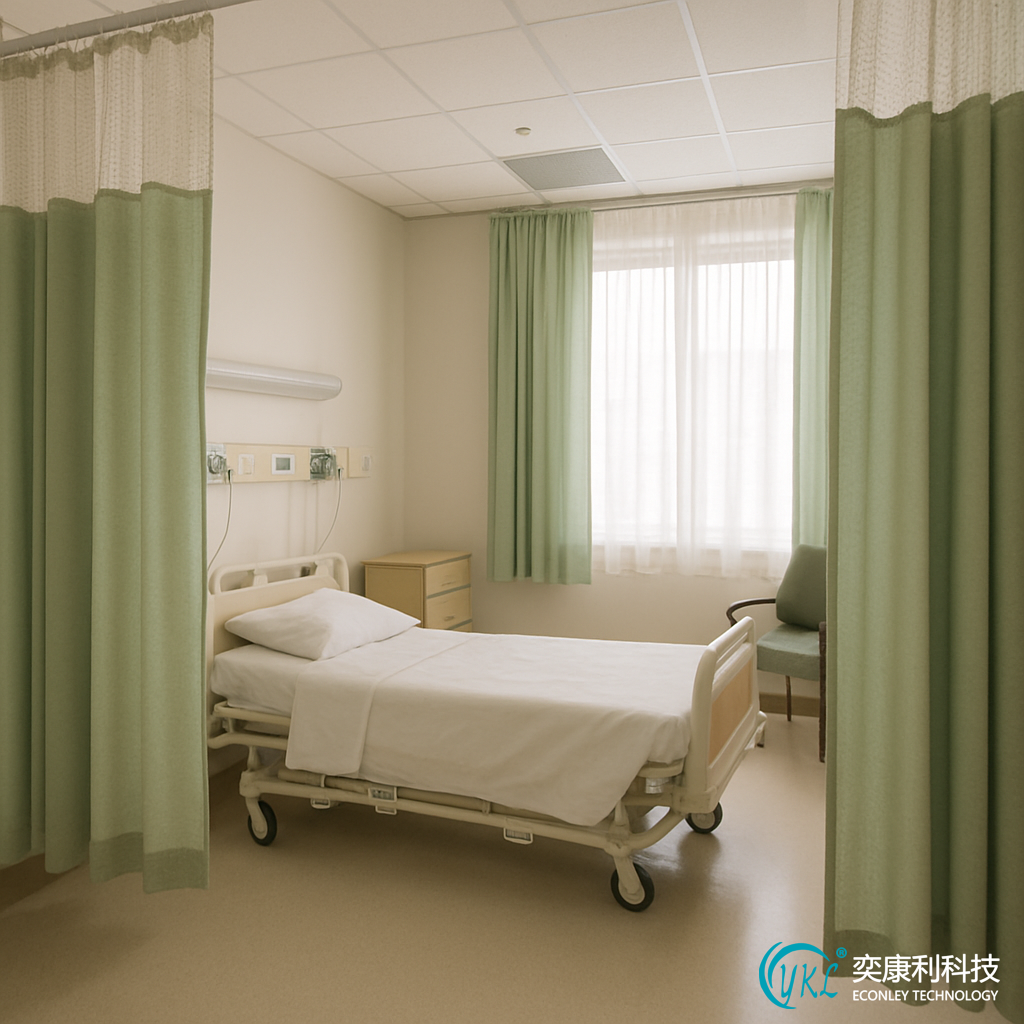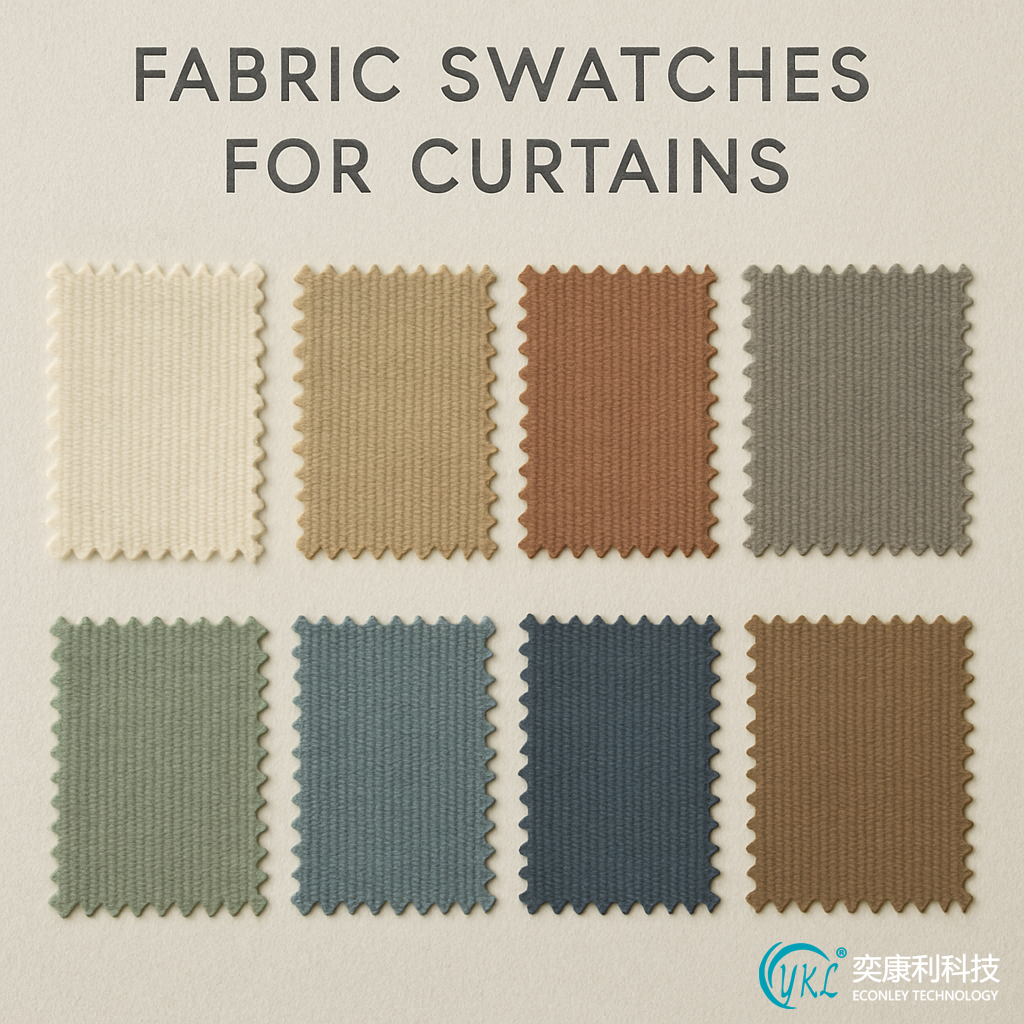 Service Hotline:13510328459
Service Hotline:13510328459
 205-206, 2nd Floor, Building 2, Xiazao Village Industrial Zone, Gaofeng Community, Dalang Street, Longhua District, Shenzhen City
205-206, 2nd Floor, Building 2, Xiazao Village Industrial Zone, Gaofeng Community, Dalang Street, Longhua District, Shenzhen City
 Service Hotline:13510328459
Service Hotline:13510328459
 205-206, 2nd Floor, Building 2, Xiazao Village Industrial Zone, Gaofeng Community, Dalang Street, Longhua District, Shenzhen City
205-206, 2nd Floor, Building 2, Xiazao Village Industrial Zone, Gaofeng Community, Dalang Street, Longhua District, Shenzhen City
Time:2025-10-16 Preview:
Privacy is a cornerstone of healthcare. For small hospitals, ensuring that patient privacy is respected and maintained can be both a challenge and a necessity. One essential component in achieving this is the use of medical privacy curtains. But how do small hospitals navigate the pricing of these vital privacy solutions? Let's dive into the factors that influence costs and how hospitals can make informed decisions.
Healthcare privacy solutions encompass a range of products and practices designed to protect patient confidentiality. Among these, privacy curtains serve a dual purpose: they provide a physical barrier to protect patient modesty and serve as a psychological comfort, assuring patients that their personal space is respected.
Privacy curtains are more than just a piece of fabric hanging in a room. They play a crucial role in:
Maintaining Patient Dignity: Curtains prevent unnecessary exposure during medical examinations and treatments.
Reducing Anxiety: A sense of privacy can alleviate patient stress, contributing to a more positive healthcare experience.
Compliance with Regulations: Healthcare facilities are required to adhere to privacy standards, and curtains help meet these regulatory demands.

When it comes to pricing privacy curtains for small hospitals, several factors come into play. Understanding these elements can help decision-makers budget effectively and choose the right solutions for their facilities.
The material of the curtain is a significant determinant of its price. Higher-quality fabrics that are durable, flame-retardant, and antimicrobial tend to cost more. However, investing in quality materials can lead to longer-lasting curtains, reducing replacement costs over time.
The dimensions of the curtains required will directly impact the price. Hospitals with unique room layouts or specific privacy needs may require custom-sized curtains, which can increase costs. Customization options like color, pattern, and branding can also affect pricing.
Buying in bulk often results in cost savings. Small hospitals looking to furnish multiple rooms should consider bulk purchasing to take advantage of discounted rates. Suppliers may offer tiered pricing based on the volume of purchase.
The cost of installation is another consideration. While some hospitals may have the infrastructure to handle installation internally, others might need to hire professionals, adding to the overall expense. Additionally, the maintenance of curtains, including cleaning and repairs, should be factored into the long-term cost.
The reputation and reliability of the supplier can influence pricing. Established brands with a history of quality products may charge more, but the assurance of durability and service can justify the expense. It's essential to research and compare suppliers to find a balance between cost and quality.

While privacy curtains are a necessary expense, small hospitals can employ several strategies to manage costs effectively.
Assess the hospital's specific needs and prioritize areas that require immediate attention. This approach ensures that resources are allocated efficiently, focusing on critical areas first.
Investing in durable materials may have higher upfront costs, but it can save money in the long run by reducing the frequency of replacements. Look for fabrics that are easy to clean and maintain, as this will also lower operational costs.
Some suppliers offer financing options or leasing arrangements that can spread the cost over time. This can be particularly beneficial for small hospitals with limited budgets, allowing them to manage cash flow while still acquiring necessary privacy solutions.
Building a relationship with a trusted supplier can lead to better deals and ongoing support. Suppliers may offer loyalty discounts, special promotions, or bundled packages that provide additional value.

Choosing the right medical privacy curtains involves more than just looking at price tags. It's about understanding the hospital's needs, evaluating options, and making informed decisions that align with both budgetary constraints and patient care priorities.
Begin by conducting a thorough assessment of the facility's privacy needs. Consider factors such as patient volume, room layout, and regulatory requirements. This will provide a clear picture of the scope of the project and help in setting a realistic budget.
Request quotes from multiple suppliers to compare pricing and offerings. Pay attention to the details of each quote, including material specifications, installation costs, and warranty terms. This comparison will help identify the best value for money.
While initial costs are important, consider the long-term value of the curtains. High-quality, durable products may require a larger investment upfront but can result in cost savings over time due to reduced maintenance and replacement needs.
Privacy curtains are a vital part of healthcare privacy solutions, especially for small hospitals striving to maintain patient dignity and confidentiality. By understanding the factors that influence pricing and adopting cost-saving strategies, small hospitals can make informed decisions that balance quality and budget.
In the end, the goal is to provide a comfortable, private, and compliant environment for patients, ensuring that the hospital not only meets regulatory standards but also delivers exceptional care. With the right approach, small hospitals can navigate the complexities of privacy curtain pricing and invest in solutions that support their mission of patient-centered care.
